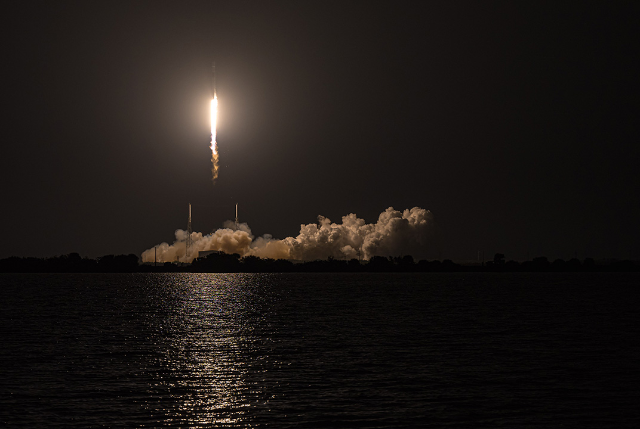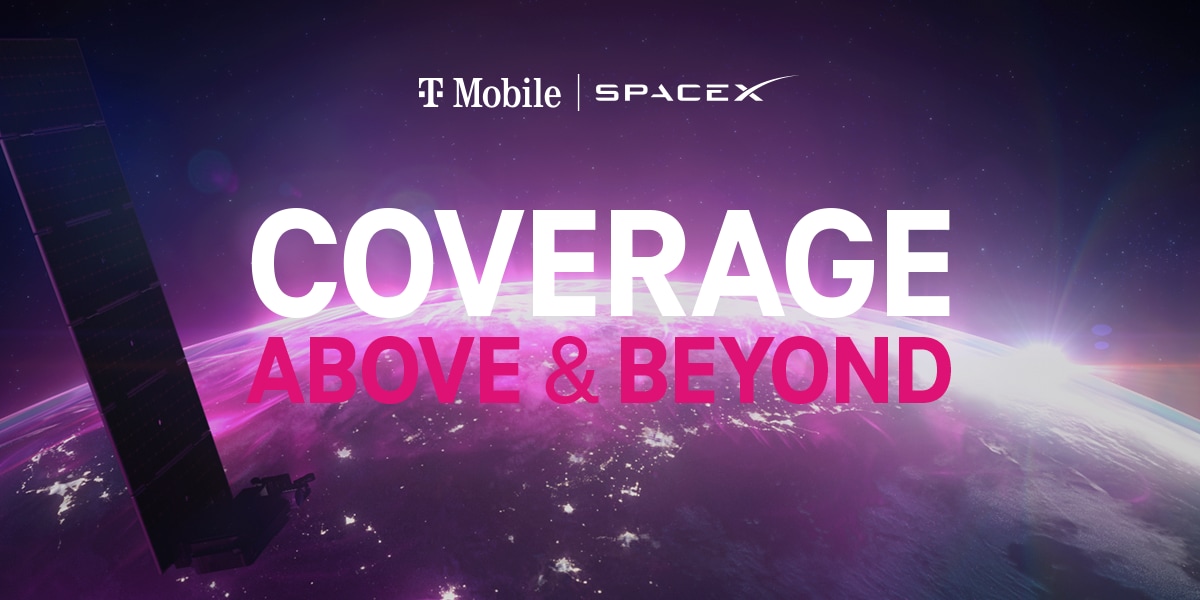- Messages
- 29,693
- Reaction score
- 5,178
- Points
- 288
Inmarsat, a world leader in global, mobile satellite communications, has announced the successful launch of its latest I-6 F2 spacecraft from the Cape Canaveral Space Force Station aboard a flight proven SpaceX Falcon 9 rocket.
The launch saw I-6 F2 lift off from Cape Canaveral, Florida, reaching a top speed of almost 40,000km/h as it left Earth above central Africa. The satellite will now spend several months travelling to its geostationary orbit, 36,000km above the Equator, using its onboard electric propulsion system. It is scheduled to connect its first customers in 2024, following rigorous in-orbit technical testing.

 www.inmarsat.com
www.inmarsat.com
The launch saw I-6 F2 lift off from Cape Canaveral, Florida, reaching a top speed of almost 40,000km/h as it left Earth above central Africa. The satellite will now spend several months travelling to its geostationary orbit, 36,000km above the Equator, using its onboard electric propulsion system. It is scheduled to connect its first customers in 2024, following rigorous in-orbit technical testing.

Inmarsat confirms successful launch of world’s most advanced satellite
SpaceX successfully launched Inmarsat’s latest I-6 F2 satellite last night from launch pad SLC-40 at Cape Canaveral Space Force Station in Florida.

